Nowruz celebration across the world

“There is no secret left for the earth that it conceals / except that it revealed it after concealment / various sects of its flowers revealed / red and yellow, and every plant is dusty / so your blessed Newroz is pleased with its horoscope / O son of the most generous in reduction and grace.” This is what the poet Ibn al-Roumi said about today, which is the feast of “Nowruz” or Newroz, the beginning of the new Iranian world, which coincides with the first day of the spring season, and falls on the 20th or 21st of March of each Gregorian year, and it is also the first day of the month of “Farvardin”, The first month in the solar calendar and the Iranian year.
The word "Nowruz" is composed of two parts; “No” means “new,” and “Rose” means “today” in Persian, so the word means new day.
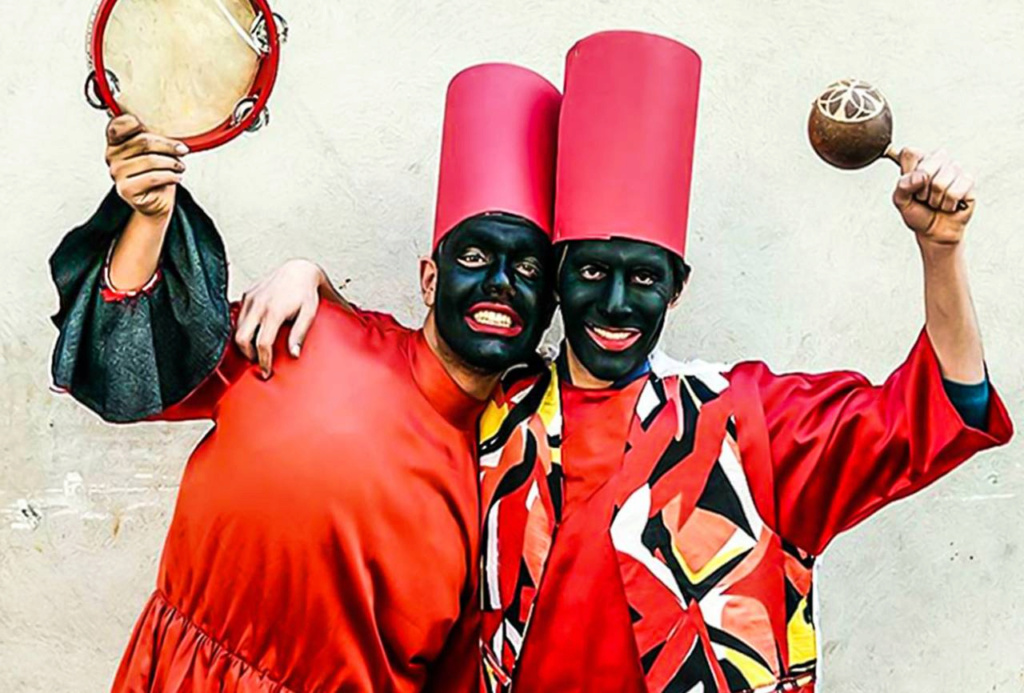
Iran is considered the original home of this holiday, but there are other peoples who also celebrate this holiday, including Afghanistan, Pakistan, Kazakhstan, Kyrgyzstan, Tajikistan, Azerbaijan, Turkmenistan, Uzbekistan, Kurdistan, Iraq, India and regions in Albania, where the "Nowruz" holiday in some of these countries is an official occasion.
According to UNESCO, more than 300 million people celebrate Newroz around the world, but its celebration in Iran differs from other places, as it is considered the most important and oldest occasion that the Iranian people still celebrate in a period of two weeks, starting with 4 official holidays in the country, and ending with a day Nature or what is known in Iranian culture as "Sizda Badr" on the thirteenth day of it.

Iran is considered the original home of this holiday, but there are other peoples who also celebrate this holiday, including Afghanistan, Pakistan, Kazakhstan, Kyrgyzstan, Tajikistan, Azerbaijan, Turkmenistan, Uzbekistan, Kurdistan, Iraq, India and regions in Albania, where the "Nowruz" holiday in some of these countries is an official occasion.
According to UNESCO, more than 300 million people celebrate Newroz around the world, but its celebration in Iran differs from other places, as it is considered the most important and oldest occasion that the Iranian people still celebrate in a period of two weeks, starting with 4 official holidays in the country, and ending with a day Nature or what is known in Iranian culture as "Sizda Badr" on the thirteenth day of it.
The information provided about the origin and antiquity of the Newroz feast and its historical roots is not accurate, and it is said that the history of its celebration dates back thousands of years in ancient Persia, then it moved through the Silk Road to other peoples and cultures.
In some ancient Iranian texts, such as the history of al-Tabari and the divan of the Iranian poet Ferdowsi, it was stated that the ancient Iranian ruler "Jamshid" was the founder of the feast of Newroz, while some historical accounts refer to the spread of the feast of Newroz in Iran to the era of the Iranian king Cyrus the Great, and some consider the prophet "Zaratus" to be the founder of this feast .
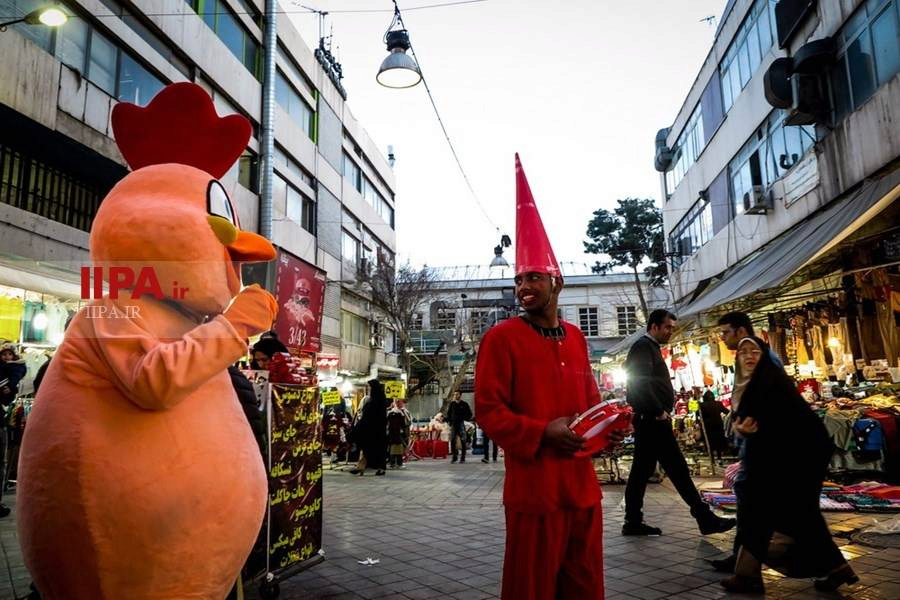
In 2010, the United Nations General Assembly designated March 21 as the International Day of Nowruz, as the adoption decision stated that Nowruz is a holiday of Iranian origin that dates back to more than three thousand years ago, and today more than 300 million people on earth celebrate this holiday .
In 2009, the United Nations Educational, Scientific and Cultural Organization (UNESCO) classified Newroz as a world heritage. On March 23, 2010, the first international celebration of Nowruz was held in the Iranian capital, Tehran, and the city of Tehran was designated as the general secretariat for this celebration.

Iranian traditions associated with Nowruz
Countries differ in the way they celebrate Newroz, and among these countries, Iran is the country that celebrates this holiday the most. Iranians start preparing for Newroz more than a month before the start of this holiday, and the streets are crowded during this period with people buying new clothes, furniture, and Eid supplies. These days, "Hajj Fayrouz" appears in the Iranian streets. He is a man dressed in red and dyeing his face black. He is reciting popular chants while he is beating on a drum in his hand.
One of the most important traditions that the Iranians carry out while preparing for the Newroz feast is cleaning the house, or what is called in Persian as “Khaneh Tekani”, meaning “cleaning up the house”, where they wipe the dust, wash and arrange everything in the house, especially the curtains and carpets. In some homes, families paint the walls with new colors to celebrate the New Year.

The Iranians also plant vegetables in small dishes, to put them on the "Haft Sin" (seven years) table, which they spread hours before the start of the new year, and remain in the house until the last day, that is, "the full moon will increase it."
The Haft-Sin table includes seven items, all of which have names beginning with the letter S in Farsi, namely: sabzeh (wheat sprouts grown in a dish), sumac, sanjid (dried lotus fruit), and samanu (dessert). Iranian made from wheat), “seeb” (apple), “seer” (garlic), and “sekkah” (coin), and sometimes they put “sirkeh” meaning vinegar in Persian, instead of one of the seins, all of which symbolize Love, happiness, renewal, goodness and blessing. Regarding the reason for choosing the number seven , it is said that it is due to the reverence and value of this number among the ancient Iranians.
Some Iranians launched a campaign under the title "Nowruz at home".
The Iranians also put on the "Haft Sin" table a bowl containing a red fish, in addition to candles, a mirror, painted eggs, the "Sunbul" flower, a copy of the Holy Qur'an and the Diwan of Hafez al-Shirazi, nuts and sweets for this feast.
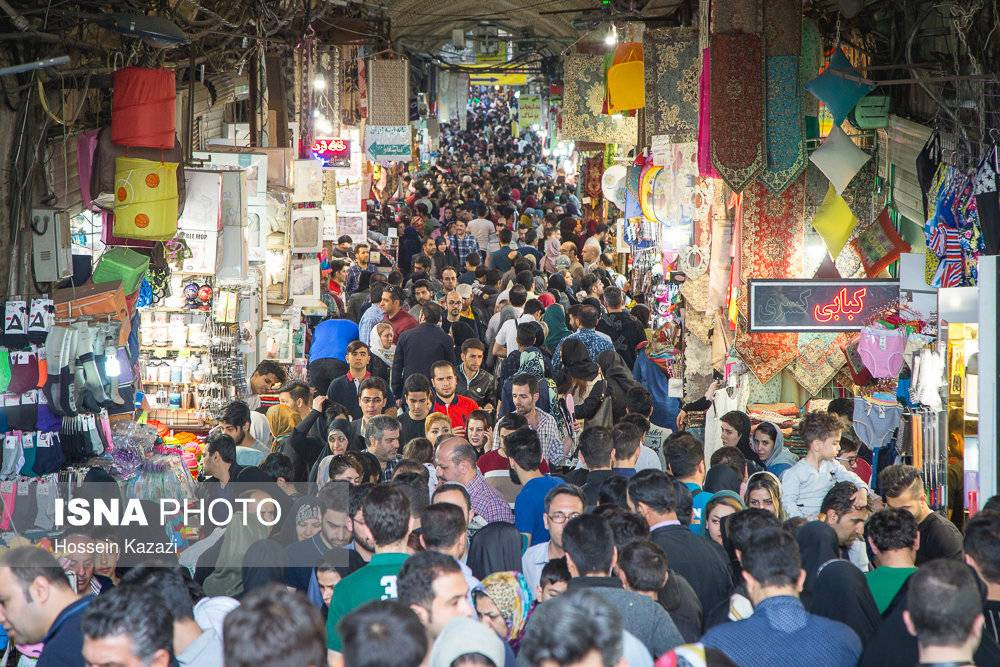
And when the zero hour comes, and the new year begins, the members of each family sit around the “Haft Sin” table, and everyone listens to the sound of the television when it announces the beginning of the new year, so the family members read a special prayer for this moment, which is: “Oh, the turner of hearts and eyes, the mastermind of the night.” And the day, O transformer of years and conditions, transform our condition into a better one.” Then they congratulate and kiss each other, and give some money from the elders of the family to the younger ones as “Eidiyyah,” or “Eidi” in Persian.
In Afghanistan and some cities in Pakistan, the table includes seven fruits, whose names do not begin with the letter S. And in other countries they put roses and sweets on the table. And in some cultures, they put 7 things that start with the letter "Sh" and not "S", based on their traditions.
In Afghanistan and some cities in Pakistan, the table includes seven fruits, whose names do not begin with the letter S. And in other countries they put roses and sweets on the table. And in some cultures they put 7 things that start with "shin" and not "s", based on their traditions.
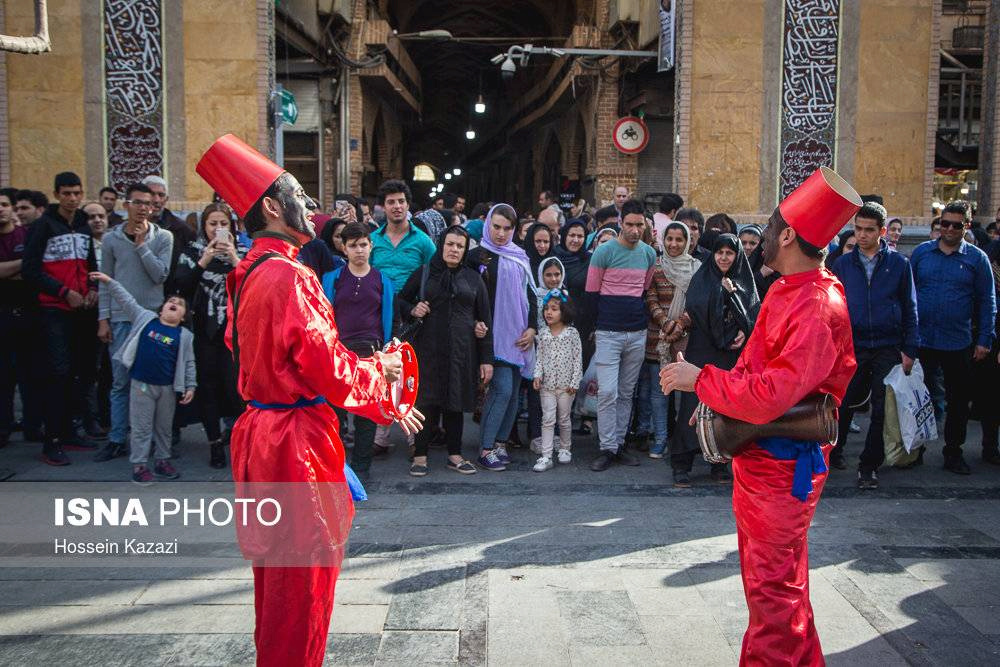
Each region has its own food and sweets on the Newroz holiday. There are some foods that are associated with this holiday. In Iran, Iranian families prepare rice and minced vegetables with fried fish, in Turkmenistan "Nowruzbameh", and in Uzbekistan "samosa".
Another Iranian tradition for this feast is visiting and congratulating relatives, or greeting throughout the feast days, which often begins with visiting the elderly. Some also visit the graves of the dead and place roses on their graves.
And the celebrations of the beginning of the Iranian New Year end on the thirteenth day of the first month in the Iranian calendar, “Sizdeh Badr”, in which they go out from morning to evening towards gardens and forests, and at the end of their walk they throw the greens of the “Haft Sin” table into rivers and lakes to take with them evil and worries. last year. It is worth noting that in Iranian culture, the number 13 is considered a bad luck number.
In Tajikistan, the celebrations end with the rose-picking ceremony, where some people go out to search for and pick roses to give the good news of the end of winter and the beginning of spring.
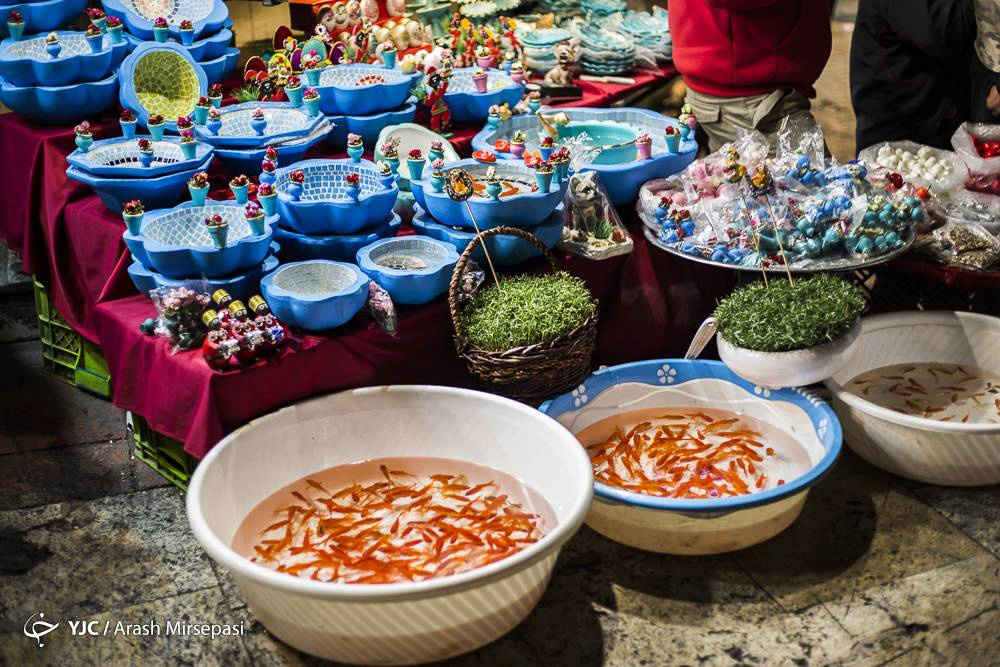
Nowruz this year
These days, the situation is very different for the Iranians, as the Corona virus cast its black shadow on the most important Iranian celebration, and the Iranians were prevented from attending the streets and markets, visiting their relatives and celebrating Nowruz, and traveling to Iranian cities or abroad as they do every year, as Iran is considered one of The first countries in the spread of the Corona virus. The Iranian authorities called on citizens to stay in their homes. Some Iranians have launched a campaign on social media under the title "Nowruz at home". Some Iranians consider the current Nowruz feast to be the saddest and worst holiday in their lives. Iran did not witness a quiet feast like the current one in its history.
Source: websites

